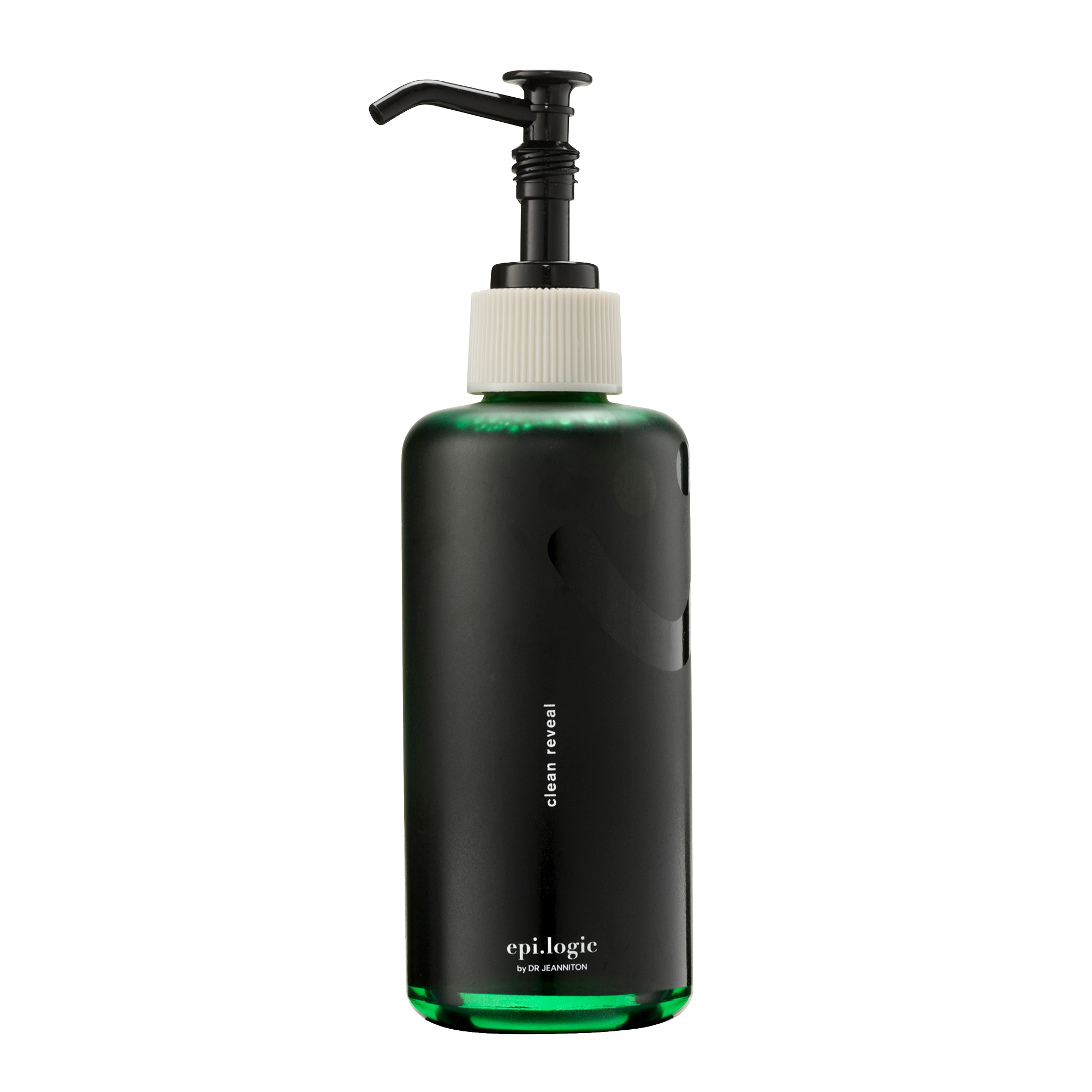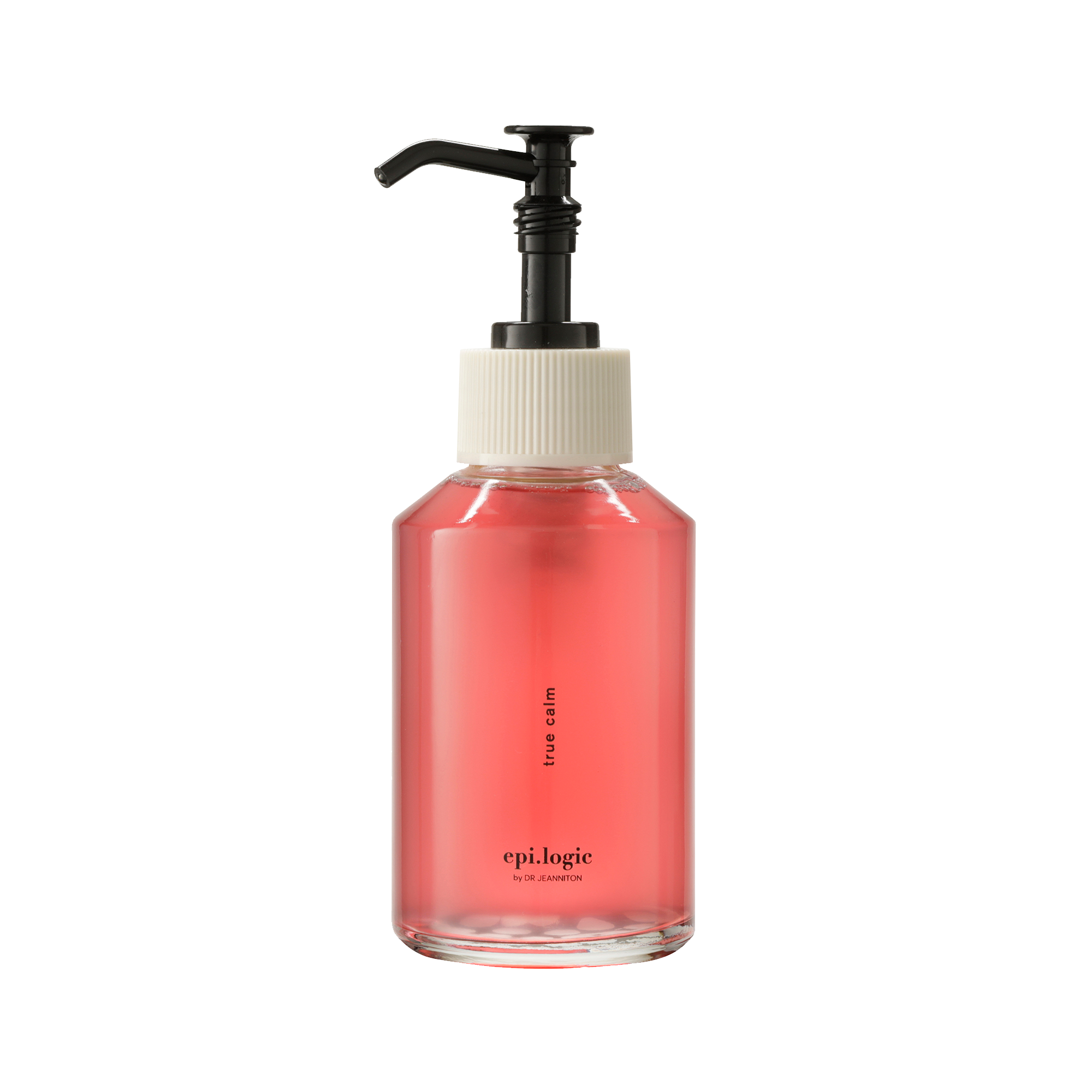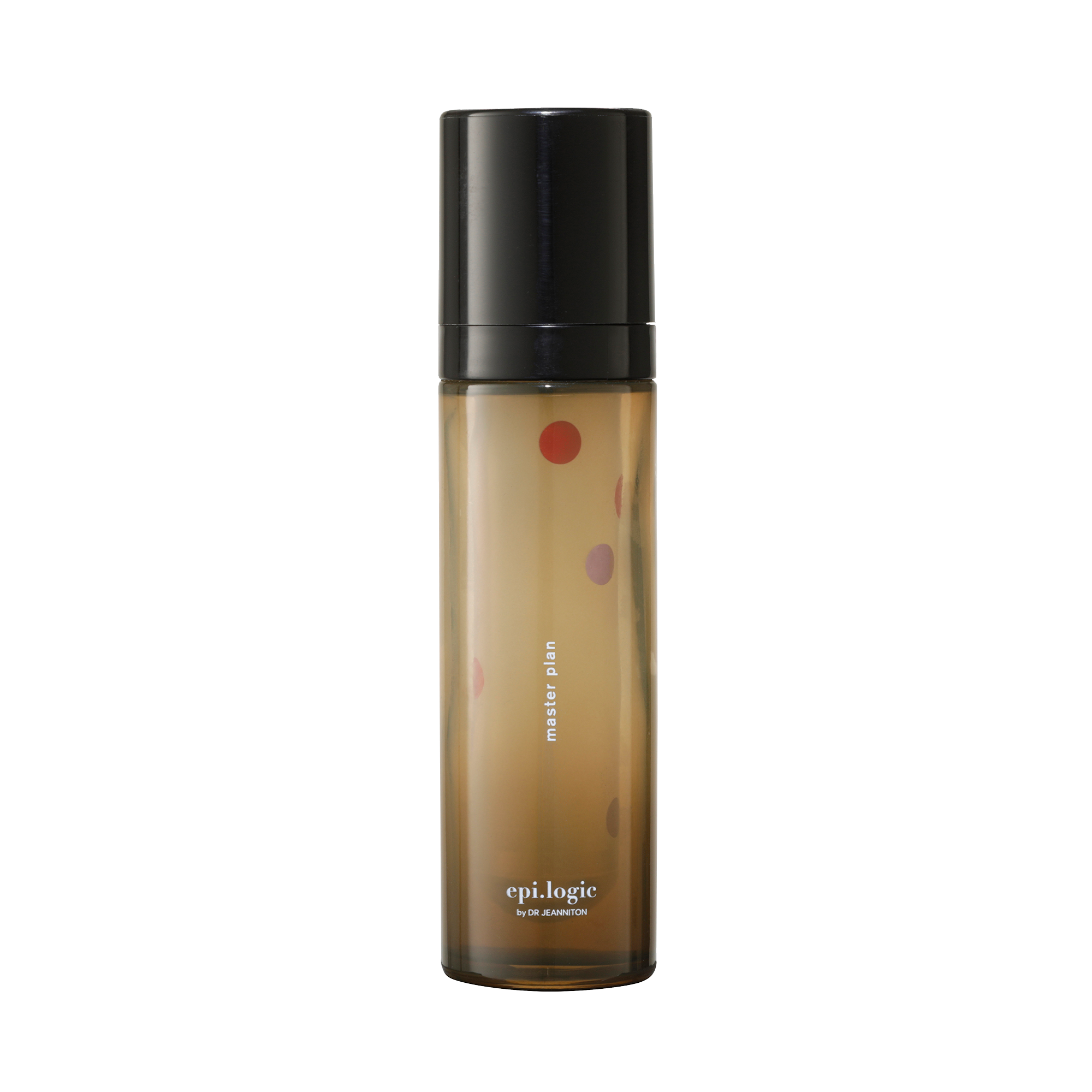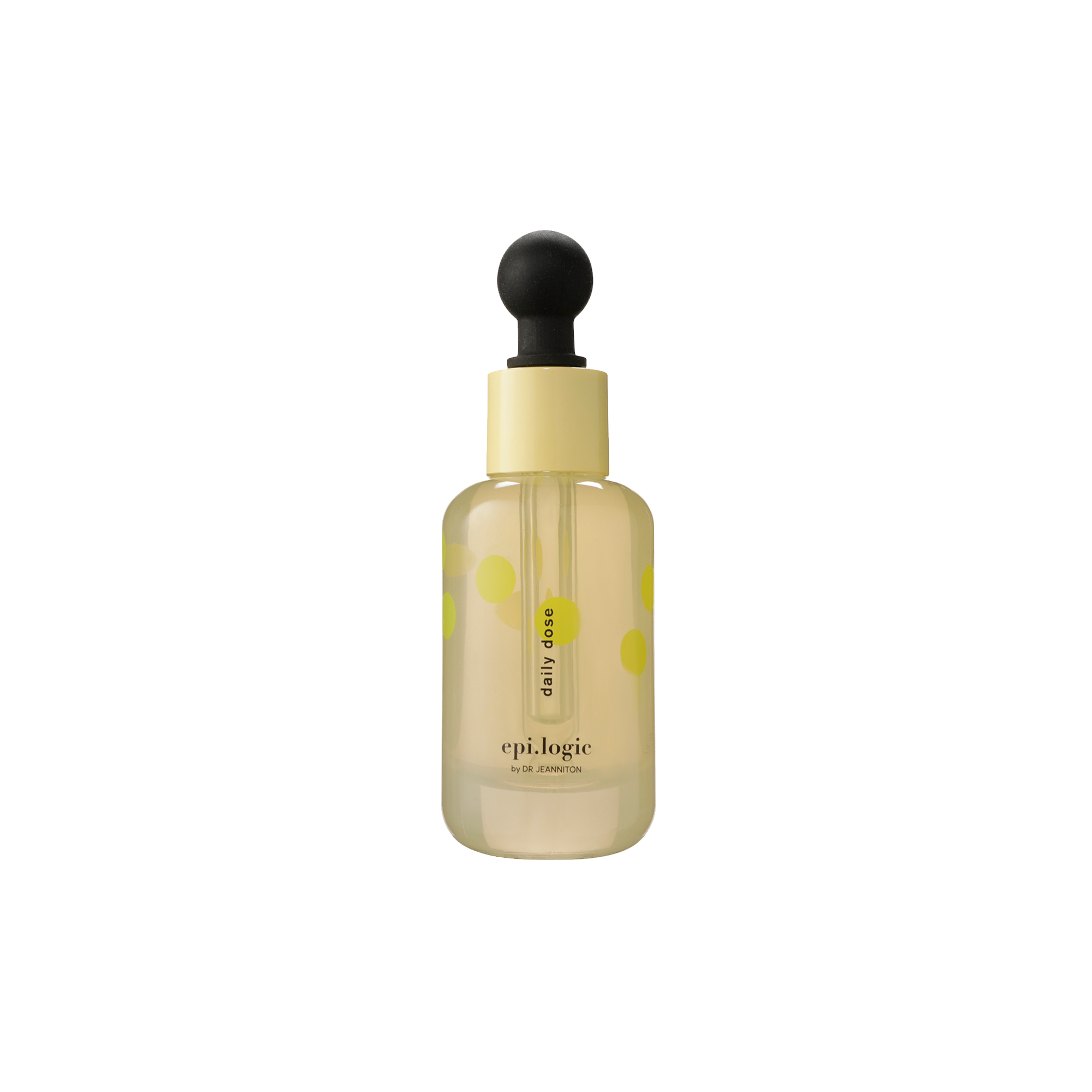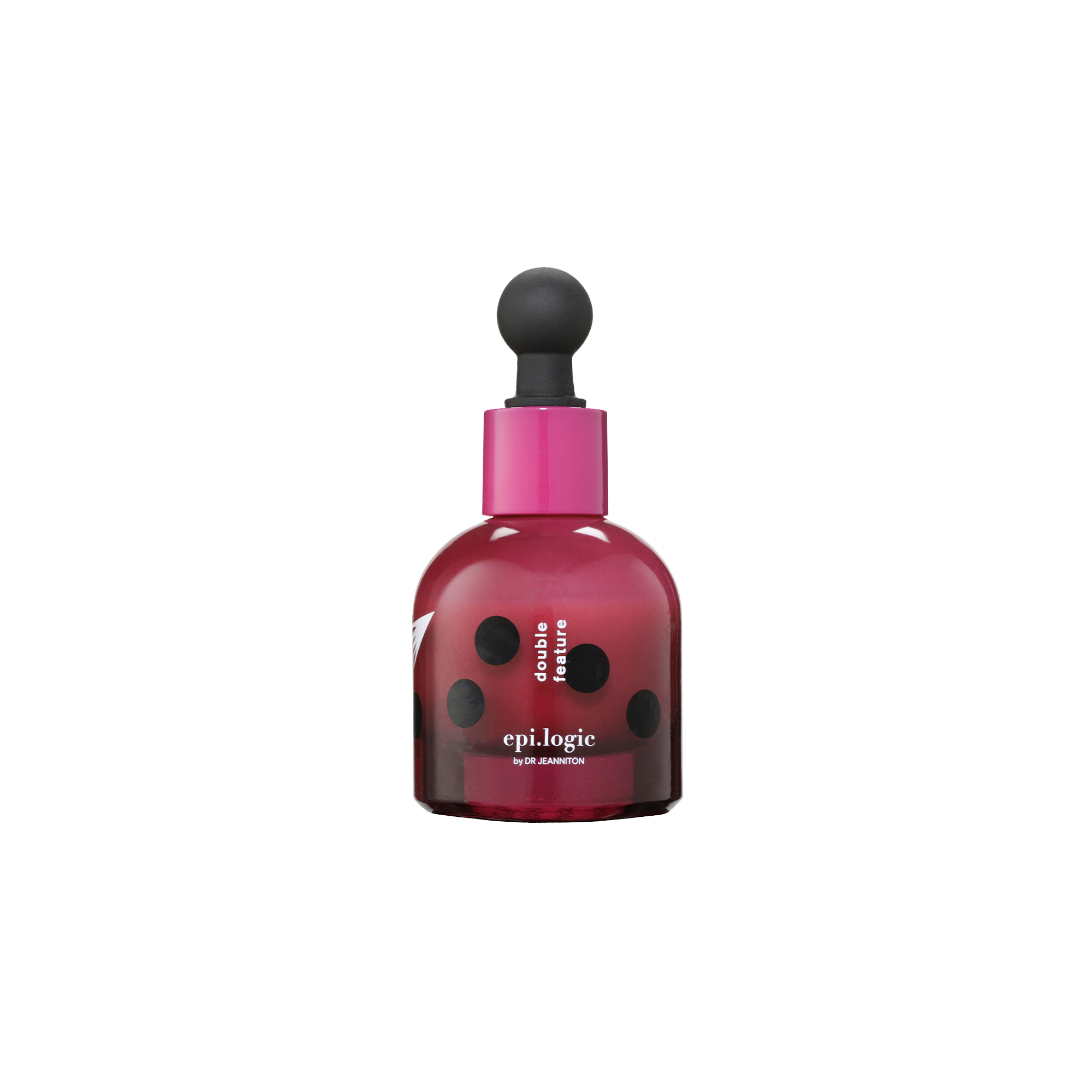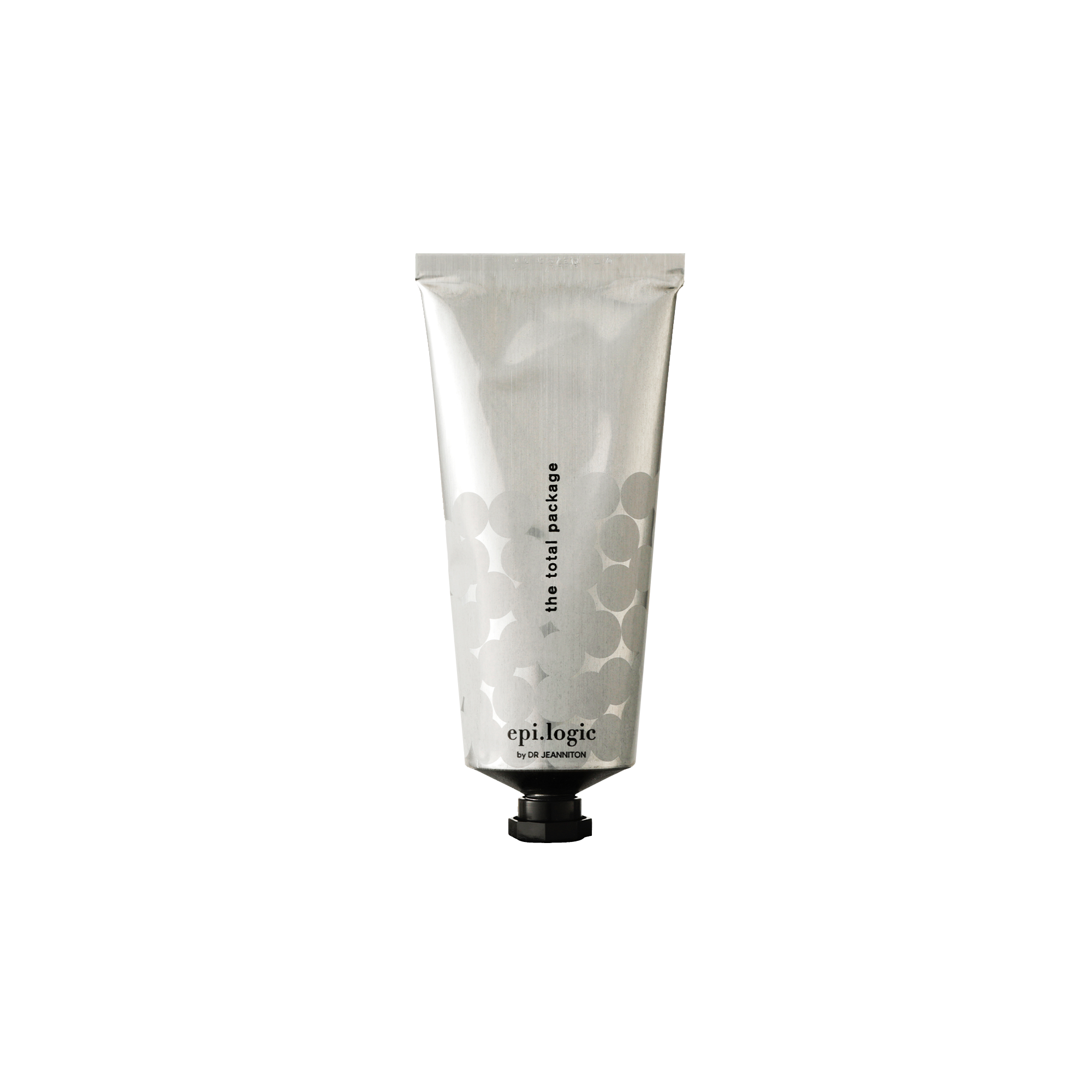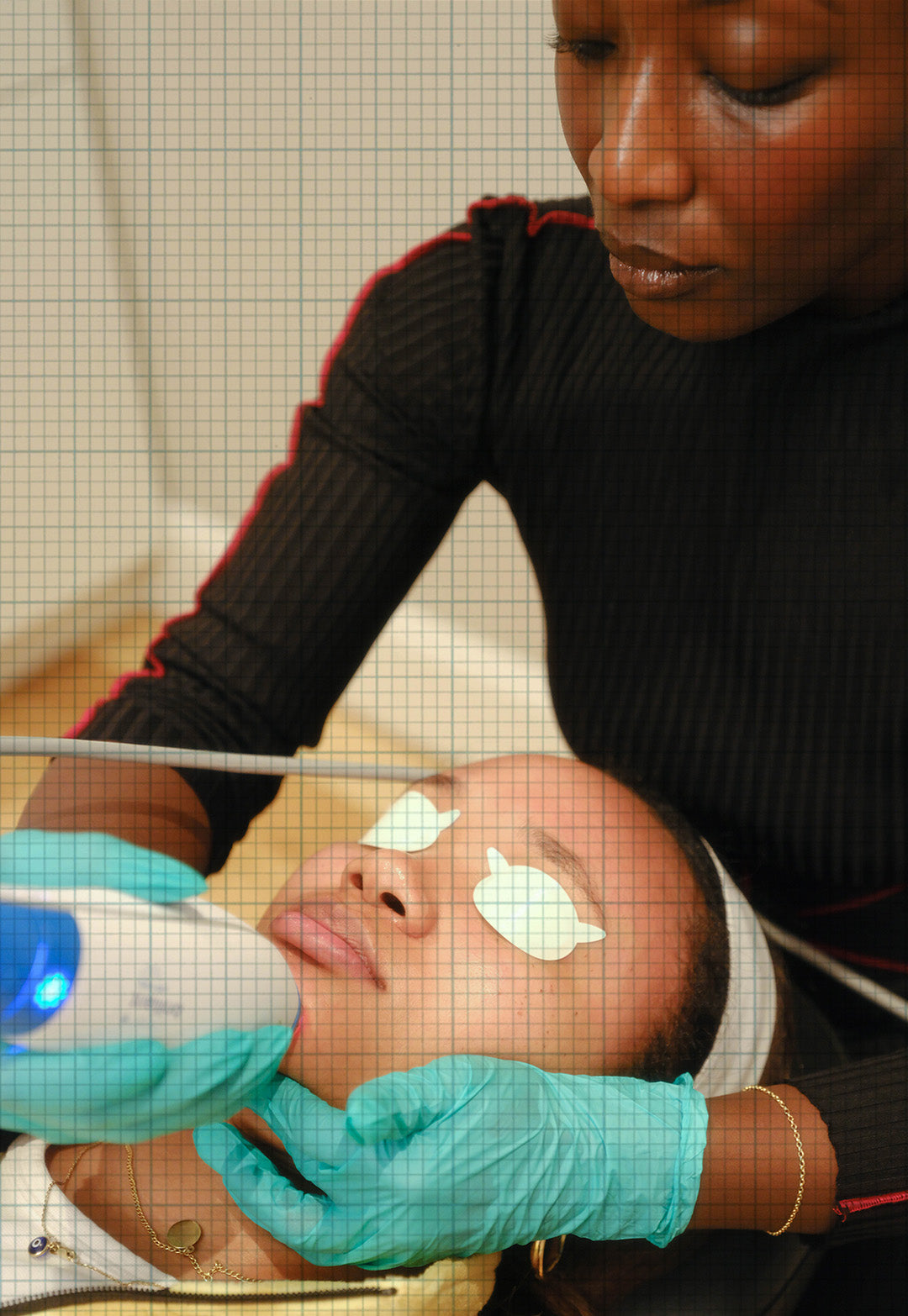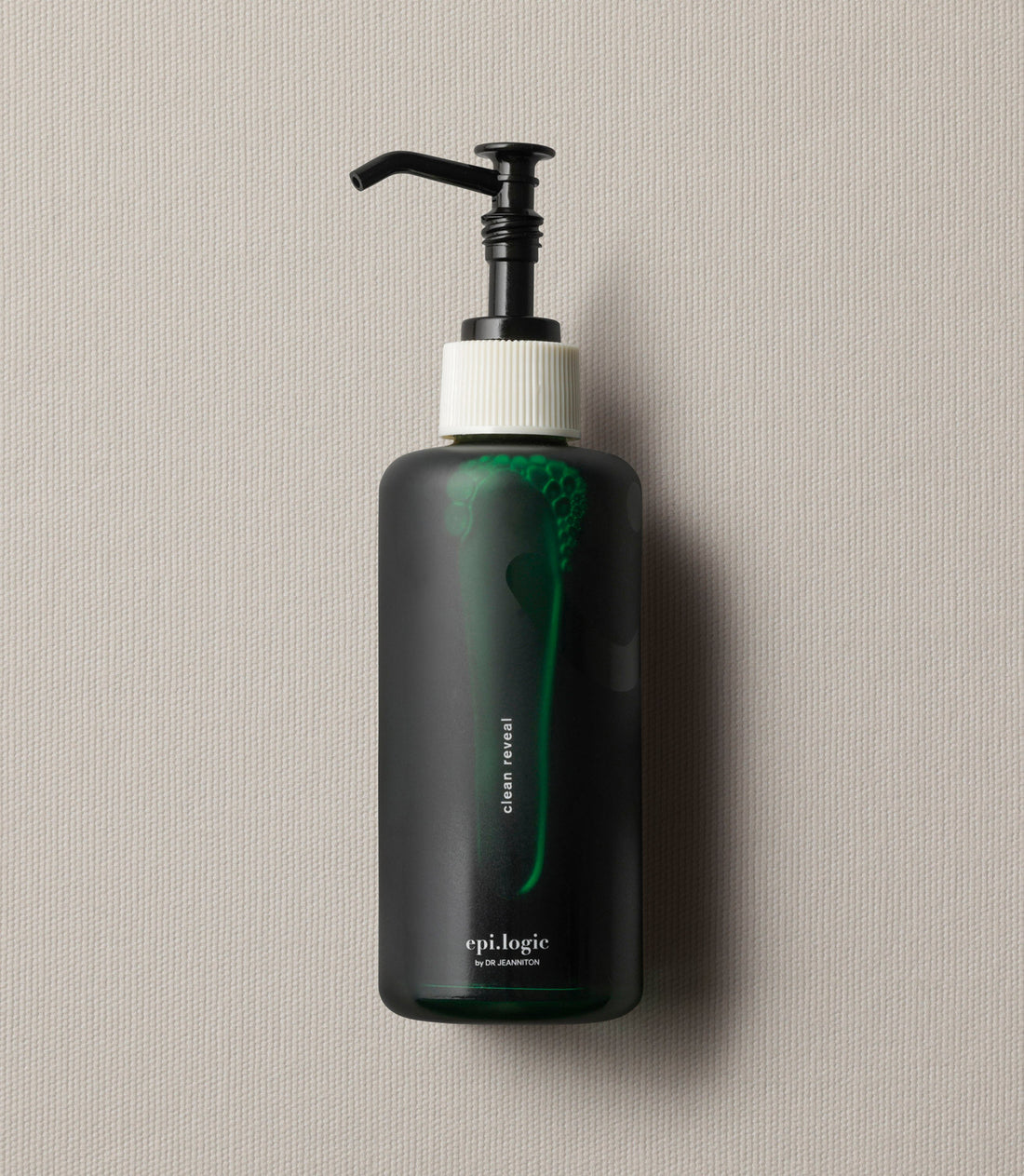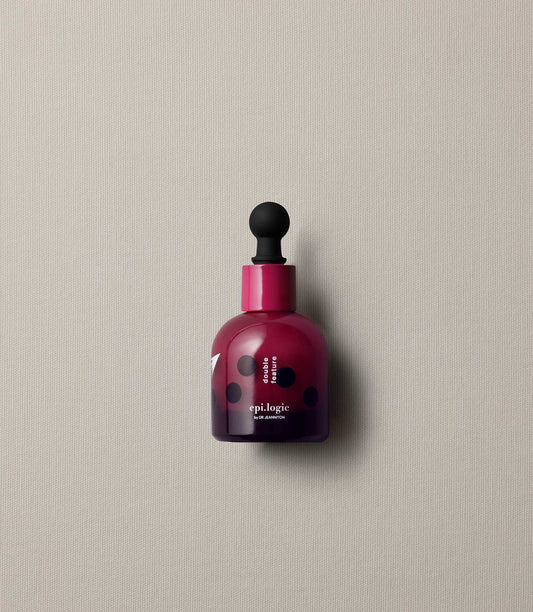It’s the fourth and final installment of our hyperpigmentation e.book series – and we wouldn’t leave you without discussing how to treat your hyperpigmentation. In fact, we’ve amassed so much great advice that we decided to split this chapter into two parts. While part 1 will cover professional treatment options, part 2 (to be sent next week) will focus on advice for at-home treatment.
Let’s get something out of the way first: The hyperpigmentation treatment journey is long and requires a lot of patience. It can sometimes take up to six months before you start seeing any visible improvements. A slow and steady approach is key when treating hyperpigmentation, especially in skin of color, so it’s important to be realistic about expectations. But we’re getting ahead of ourselves. Let’s investigate whether or not hyperpigmentation can fade naturally before diving into the best advice on tackling it – from in-office treatments to at-home devices, and of course, topical skincare.
Does hyperpigmentation fade on its own?
The short answer is yes. In some cases, hyperpigmentation can fade naturally over time. There are three main factors that influence how likely hyperpigmentation will fade naturally. Those factors are:
(1) the type of hyperpigmentation
(2) the severity of the hyperpigmentation
(3) one’s skin characteristics
For example, post-inflammatory hyperpigmentation (PIH) resulting from skin injuries, irritation or other inflammatory triggers might fade away naturally as the skin’s natural repair and regeneration processes take place over time, but melasma will require a more proactive approach and ongoing treatment. Mild cases of hyperpigmentation have a better chance of clearing on their own than more severe dark spots. Lastly, characteristics like skin tone and the presence of ongoing inflammation will impact skin’s ability to fade hyperpigmentation naturally. Having a darker skin tone or active inflammation will mean you may have a tougher time achieving spontaneous resolution.
With that said, waiting for hyperpigmentation to fade naturally can be a slow and uncertain process requiring lots of patience and consistency in your routine. If you haven’t been fortunate enough to see your dark spots resolve on their own and you’re ready to work on your goal of achieving a more even skin tone, there’s no time like the present.

What are common treatment options for addressing hyperpigmentation?
If your goal is to return to a more even complexion, you have different treatment options – either in-office or at home – for tackling hyperpigmentation. We’ve said it before and will say it again: knowledge is power, so do your research and/or consult with a dermatologist, aesthetician or other skin professional for guidance on the best course of action for you and your skin. Why? You’ll want to avoid worsening your hyperpigmentation with improper treatment. Inflammation and skin irritation are root causes of dark spots, so some procedures intended to address hyperpigmentation (like chemical peels and lasers) can actually end up making things worse.



In-office treatments such as chemical peels, microdermabrasion, microneedling, as well as laser and light-based treatments can effectively target hyperpigmentation.
Chemical peels are typically the most easily accessible treatment for most skin types. Most common are alpha-hydroxy acid (AHA) peels, including mandelic, lactic and glycolic acids. These are beneficial at intermediate strengths performed in a series, usually every four to six weeks for anywhere between three to six months.
Microneedling can benefit certain types of deeper pigmentation. The small needles pierce the skin causing micro-injuries which promote the body to heal the area and normalize the process of melanin production. Similarly, the treatment will need to be repeated with best results noted anywhere from three to six months of treatment.
Laser and light-based therapies include broad-band light (BBL), Q-switched lasers, Nd:Yag lasers, picosecond lasers, and fractionated resurfacing lasers. These differ in their ability to target either melanin or water to penetrate the skin and to heat up the target pigment and destroy it. This typically results in the dark spots getting darker, flaking, and falling off after the treatment. Laser and light-based therapies are typically not the primary choice of treatment for hyperpigmentation, but they can be an effective adjunct to other therapy options or an alternative for resistant cases.
Despite the modality chosen to treat hyperpigmentation, a rule of thumb that applies to all of them is that multiple treatments as well as maintenance are necessary. In darker skin tones, treatments are usually more conservative and gentle to minimize the risk of complications, and therefore require more sessions.
At my boutique practice at Brooklyn Face & Eye, we’ve found particular success using combination, synergistic treatment approaches like microneedling with tranexamic acid for deeper drug delivery alternating with Clear + Brilliant laser coupled with pure vitamin C and exosomes for enhanced skin renewal and recovery. Ultimately, selecting the right treatment involves first nailing down the reason for your hyperpigmentation, aka the diagnosis, along with a careful assessment of your individual skin characteristics and lifestyle factors. Seeing a licensed, experienced skin expert is key!
Prescription medications can also tackle hyperpigmentation. Common ingredients include hydroquinone, retinoids and corticosteroids. Prescription azelaic acid has also become more common over the past few years. Many of these medications work to clear up dark spots by inhibiting tyrosinase, the enzyme necessary for the production of melanin.



A treatment option particularly helpful for melasma is prescription strength tranexamic acid taken orally. Although it has proven efficacy and safety when taken systemically, it’s not right for everyone. We always recommend you consult with a licensed healthcare professional before considering use.
Next week
As effective and appealing as professional treatment options may seem, the reality is a well-formulated skincare routine will always be the foundation of any hyperpigmentation treatment plan. that they may not be right or accessible to everyone. In part 2 of this chapter, we will focus on the solutions you can deploy in the convenience comfort of your own home, including devices and topical skincare.

